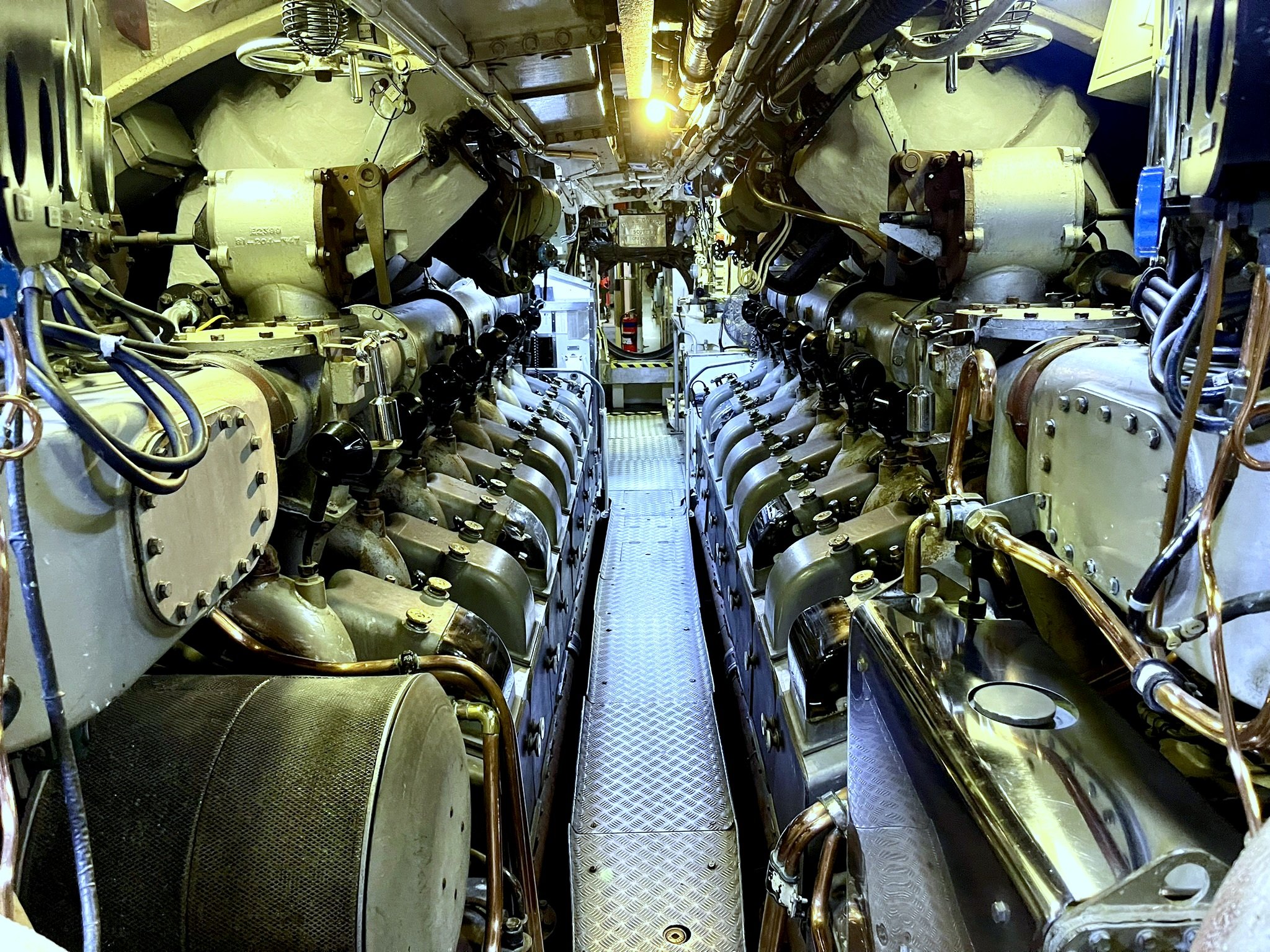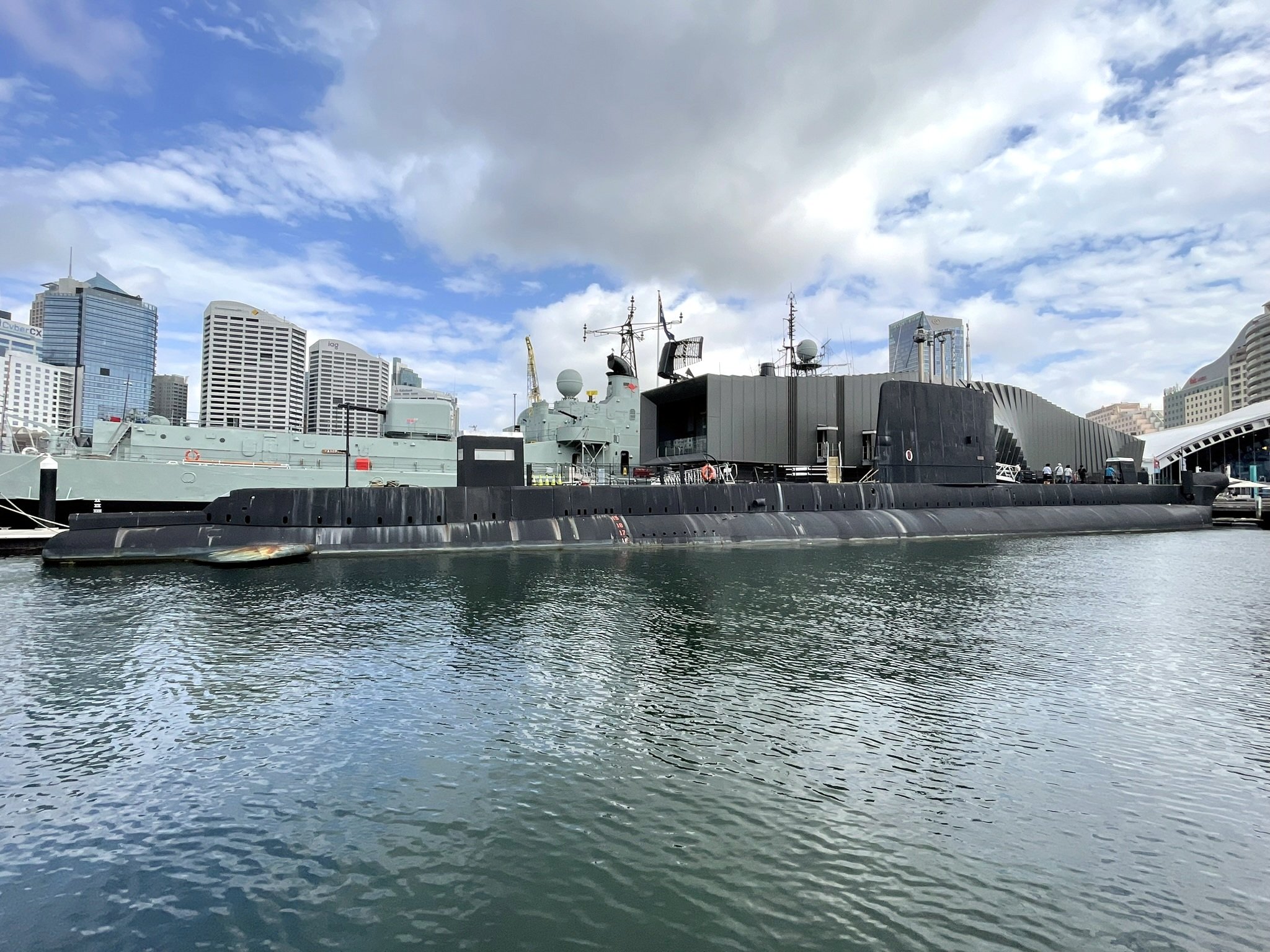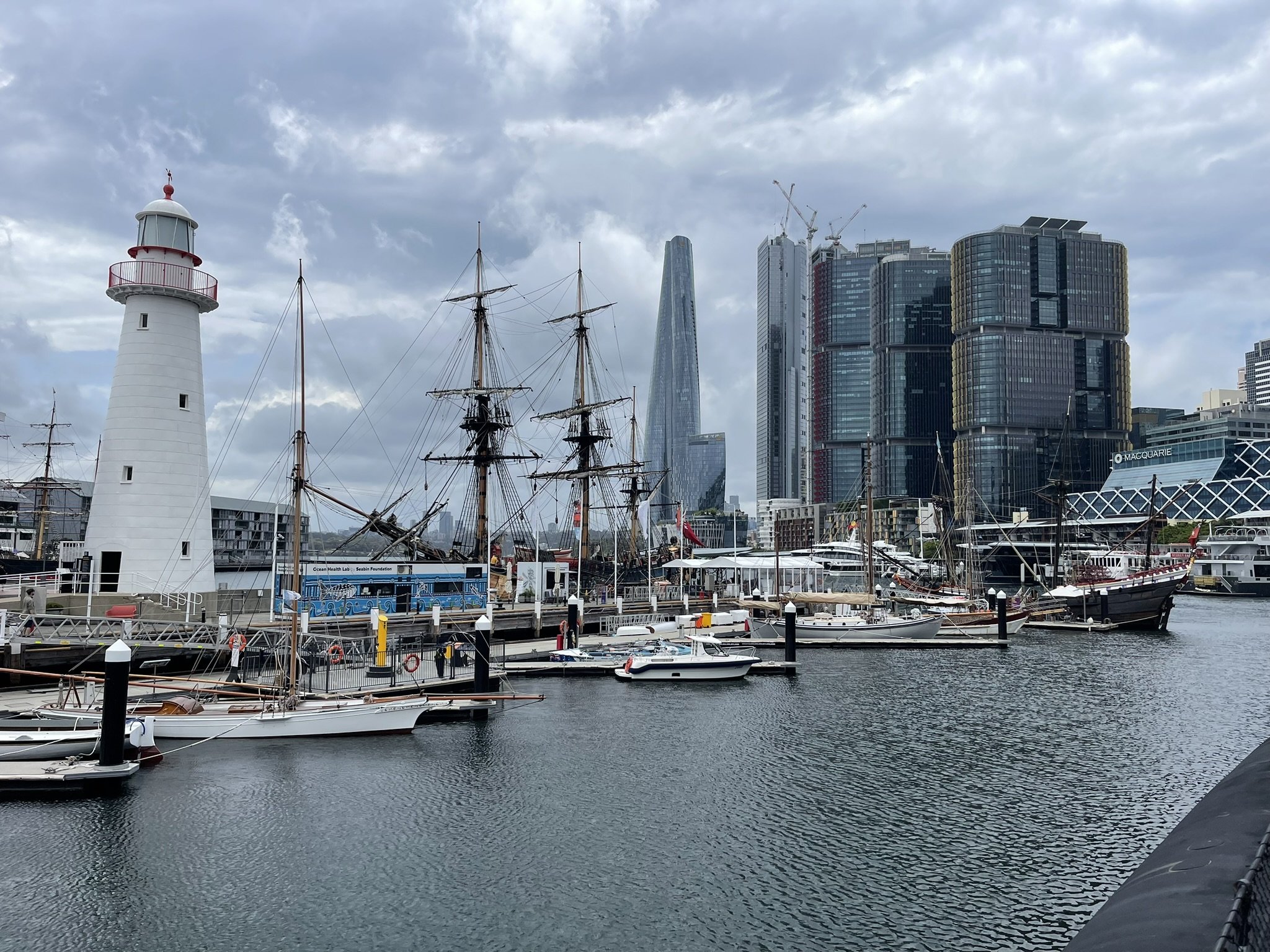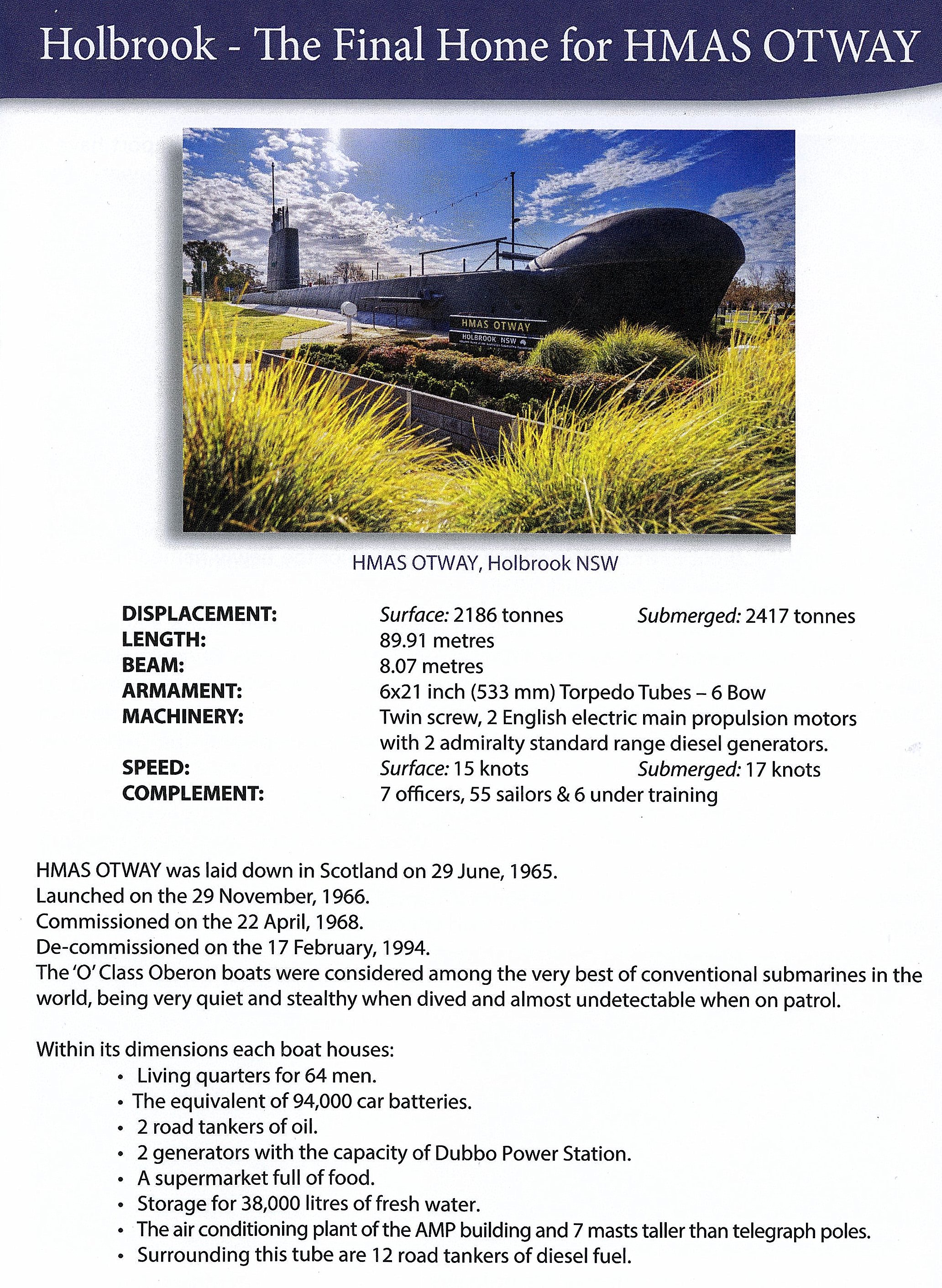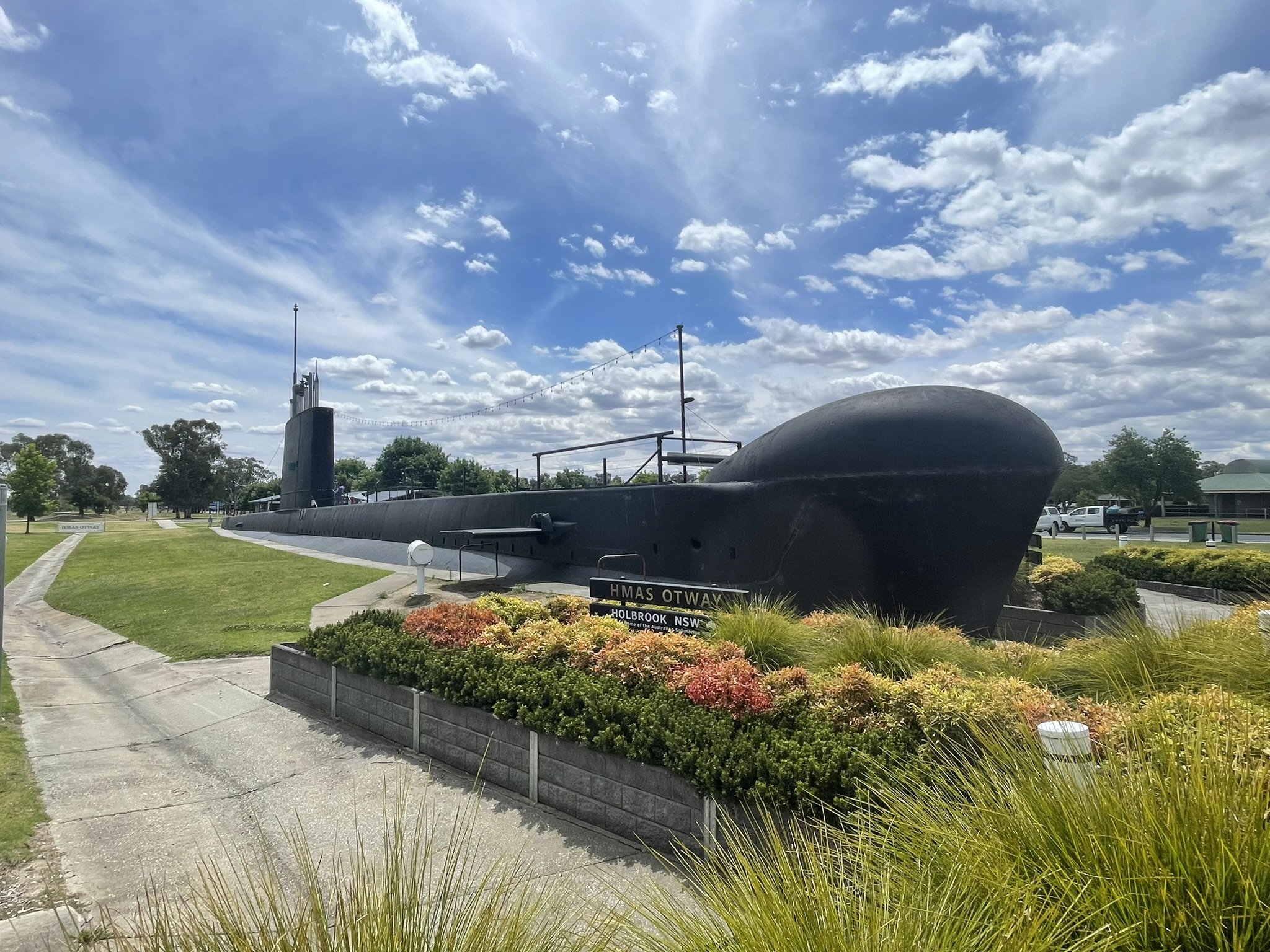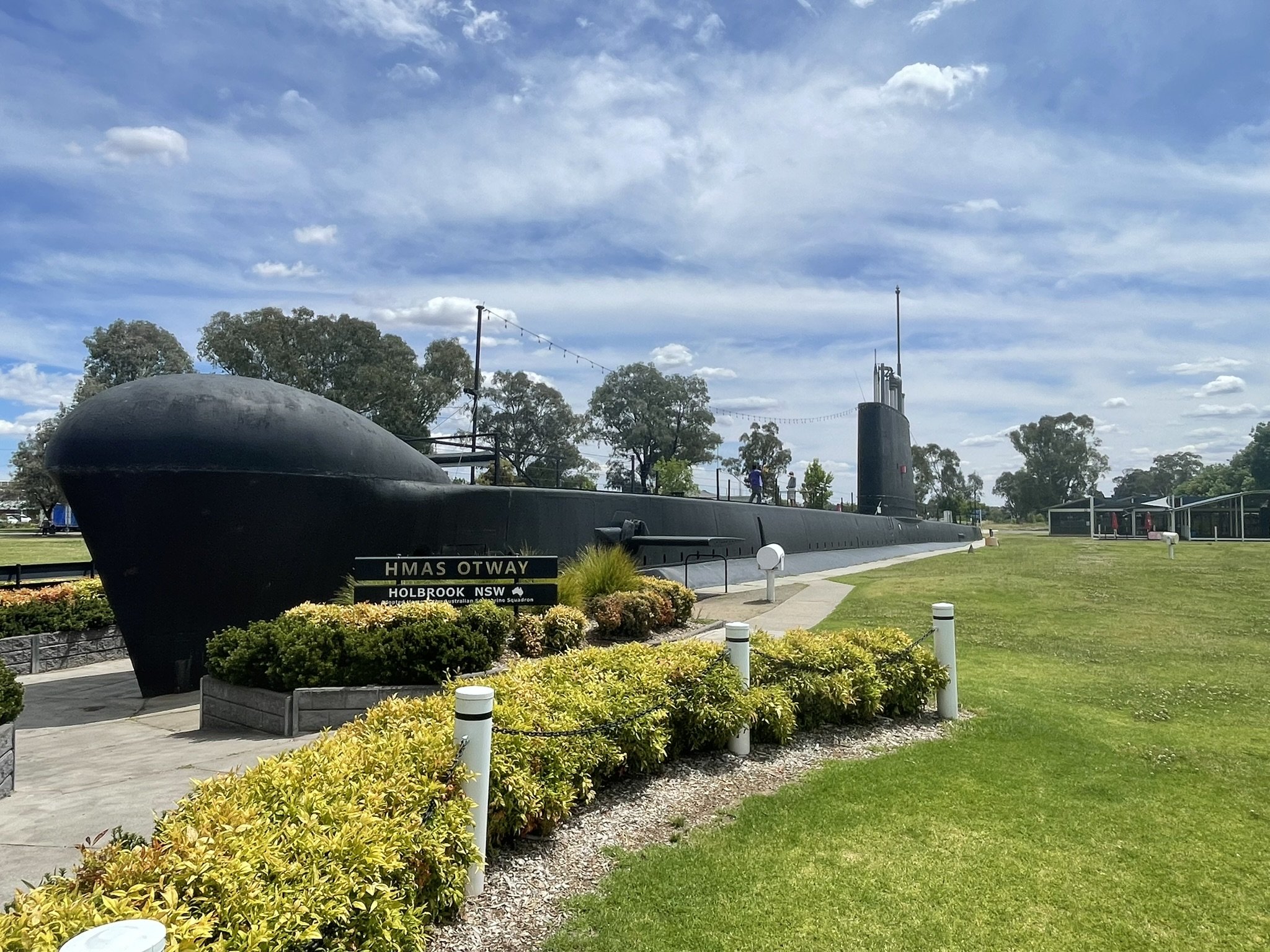A Scotts’ Submarine in Sydney
Inverclyde has a proud maritime and industrial history: one which deserves to be commemorated by establishing some sort of visitor centre in the area. Other communities in the UK have created exciting museums, installations and visitor attractions which people flock to from far and wide. I’m thinking of Chatham, Kent (National Maritime Museum), Hartlepool (HMS Trincomalee and the Museum of the Royal Navy), Salford (Imperial War Museum North) and, nearer home, the huge success of the Dundee waterfront project following billions of pounds of investment.
We have a captive audience in that we now welcome over 100000 cruise ship visitors who disembark at the Port of Greenock every year. Wouldn’t it be great if we could encourage them to stay in the area instead of catching the train to Glasgow or Edinburgh?
Greenock was one of the most significant WW2 ports. Gourock saw one million GIs arriving during the war. Port Glasgow has a long history as the port of Glasgow. It is sad that we have no visitor destination to tell the story of Inverclyde’s maritime heritage and how important it was to the UK economy and wartime effort. Our two hugely successful partnerships with the Tall Ships Race should surely have convinced even the most sceptical that people will visit Inverclyde if the product on offer is sufficiently attractive.
Maybe we should take a look at the other side of the world for inspiration and see what can be done with vessels which started their lives in our own back yard!
Can We Learn From Australia?
I spent November in Australia and had the pleasure of re-visiting the National Maritime Museum in Sydney: a wonderful attraction which I had first visited 20 years earlier. The stand-out exhibit at the museum is the display of vessels which are still in the water and accessible to the public. These include the destroyer HMAS Vampire, a replica of Cook’s barque HMB Endeavour, the 1874 tall ship James Craig and others. However, the star attraction (especially for a son of Inverclyde like me) is HMAS Onslow: an Oberon class submarine, built by Scotts’ Shipbuilding and Engineering Co. Ltd for the Australian Navy in 1969.
27 Oberon-class subs were designed and built by British yards between 1957 and 1978. Of these, 11 were built by Scotts, 6 by Chatham Dockyard, 6 by Vickers Armstrong and 4 by Cammell Laird. Australia has been particularly careful to preserve all 6 of her Oberon subs with 3 of them being on permanent display in the country.
HMAS Onslow
Visiting HMAS Onslow is a memorable experience. The boat was decommissioned in 1999 but is still close to operational capability today. Every 5 years, it is towed from its berth in Darling Harbour to a nearby dry dock when it is treated for below-the-water contamination and given a fresh coat of black paint. Other than that, she is open to all who are able-bodied enough to go onboard and experience the life of a submariner. Access can be very challenging, however and I must say I found it easier to go aboard 20 years ago than I did this time!
It involves clambering through the forward hatch (similar to the one in the photo) down a very steep stair from where you end up in the torpedo bay. You then walk aft, crouching to keep your head well below normal height and proceed through the main corridor which must only be about 3ft wide. You pass through the extremely cramped and claustrophobic crew quarters, the small ward room/officers’ mess, the captain’s cabin (about the size of a very small bathroom) and through to the engine bay. I should also mention that you have to negotiate bulkhead doors which are circular in aperture and require you to straddle a very wide step whilst bending down to a height of about 4ft 6in. If you can cope with these contortions you are rewarded with a real-life experience of what it must have been like to live and work on one of these boats for long periods at a time. The smell of oil from the English Electric diesels still pervades the whole place just to add to the authenticity!
The submarine is staffed by elderly volunteers who are extremely proud to tell you about it and to answer any questions you may have. They were fascinated to learn that we live about 3 miles from where the boat was built.
All of this made me think about what might have been possible in Inverclyde, given support from our Council and governments. For years, people have suggested making something of Scotts’ dry dock but unfortunately nothing has thus far come of these ideas and the dock remains laid up and awaiting a purpose. Let’s hope it can be repurposed as an attraction some day.
What also struck me during our tour of Onslow was that it wasn’t only Scotts whose workforce contributed to these sophisticated vessels. As I looked at the highly-polished brasswork, the dials and valves, the pipework and electrical conduit, I was reminded of other local businesses which have gone the way of the shipyards. Dozens of suppliers such as P McCallum & Sons Ltd in East Hamilton Street, Kerr Electrical, Lochore and Ferguson, Rankin and Blackmore, Hasties – carpenters, brassfounders, ropeworks, stevedores, plumbers etc. etc. – all gone, following the knock-on effect of the shipyard closures.
HMAS Otway
As I mentioned earlier, Australia has 3 Oberon-class subs on permanent display. In Fremantle in Western Australia, HMAS Ovens, another boat built by Scotts, is also open for boarding at the Western Australian Maritime Museum but perhaps the quirkiest of them all is HMAS Otway (Scotts again) which has been sliced in half along the waterline and the above-water hollowed out casing of the boat sits in a public park in the small inland town of Holbrook, New South Wales. Why?? Well that’s another interesting story. Holbrook was renamed in 1915 in honour of Lt. Norman Holbrook VC, a WW1 submarine captain. In the small museum next to the exhibit, we learned that his widow donated A$100000 (about £50000) to buy the submarine, have it hollowed out and relocated in the town where it has been proudly displayed since 1995. Technical information about the Oberon Class subs is shown below.
Inverclyde
It is perhaps a long-shot to expect that Scotts’ dry dock will ever see one of its boats or ships returned there to be put on display for tourists but that does not mean that Inverclyde can’t come up with other ideas and one of these could be the use of modern immersive display technology to tell the story of the area’s history. (Think of massive image projections on to such as Edinburgh Castle or Buckingham Palace for the Queen’s Jubilee). These are less expensive alternatives to static museums nowadays. They also offer the opportunity to change the display and subject matter every few months. Perhaps, with a willingness to explore these ideas and raise funds, a significant visitor attraction might be possible without bringing a sub. back from Australia or Chile!
Footnote
If you worked on any of the Oberon-class submarines at Scotts, we would love to hear your stories so please email info@inverclydeheritage.network and perhaps you could meet one of our volunteers and have your experiences recorded and added to our website. We’d also welcome any photographs of the submarines if you have any.
Elliott McKelvie



